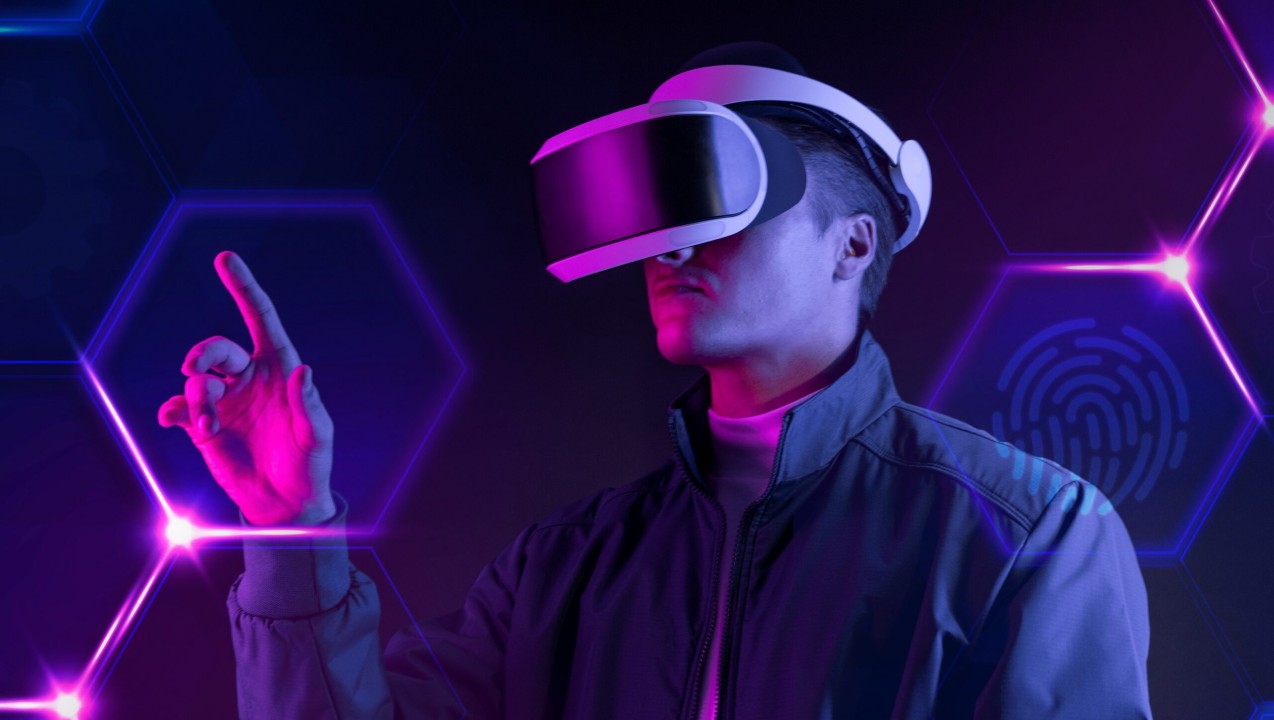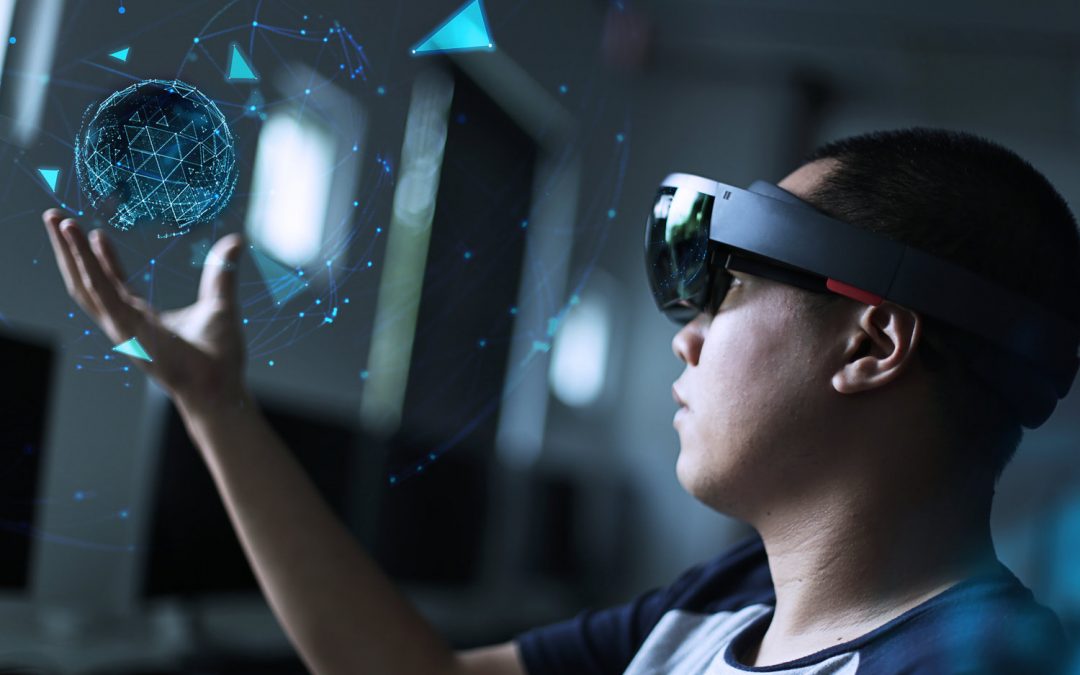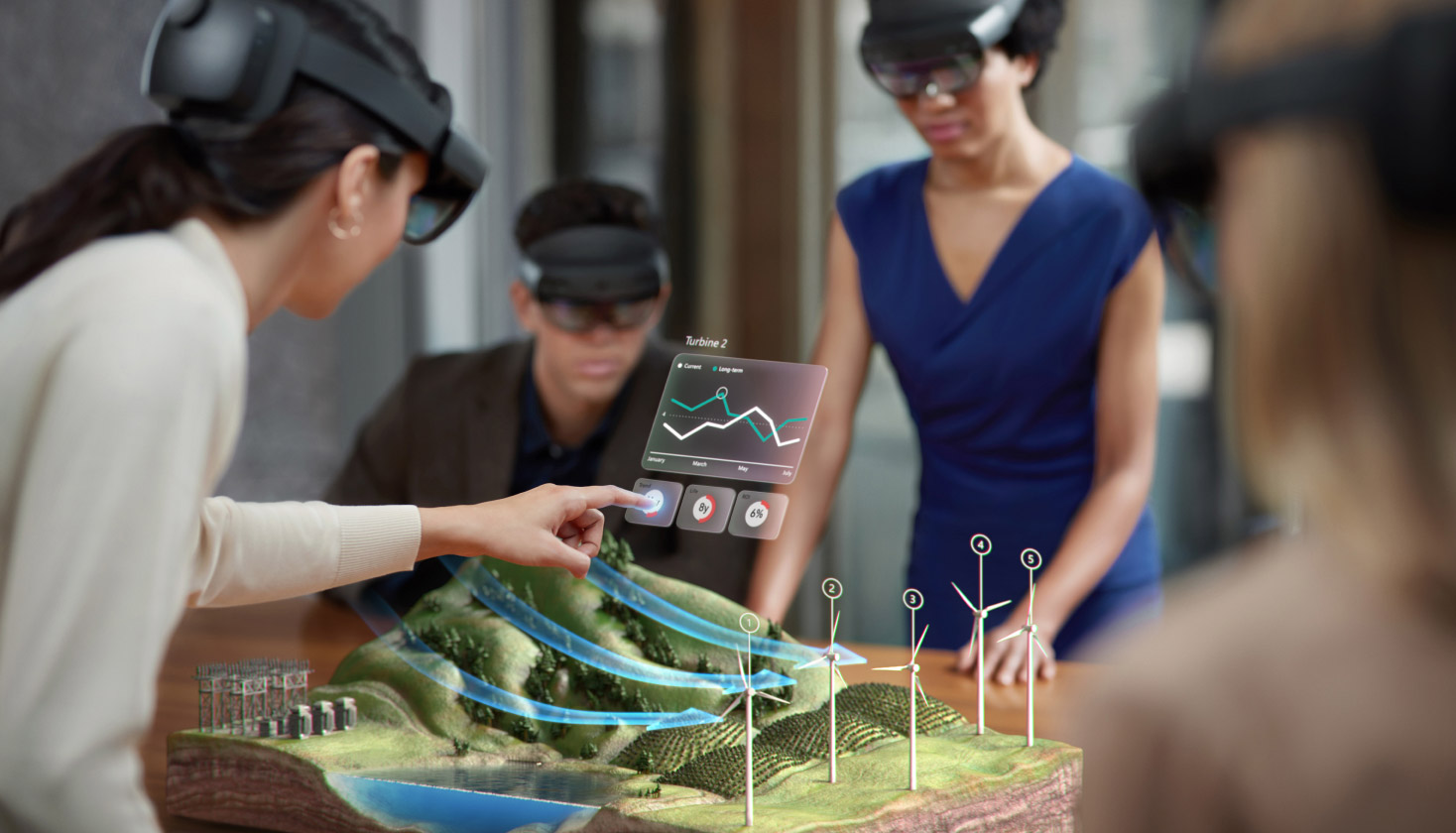The Future of Design: Exploring the Potential of Extended Reality (XR)
the transformative potential of Extended Reality (XR) in the field of design

Introduction
Extended Reality (XR) – an umbrella term encompassing Augmented Reality (AR), Virtual Reality (VR), and Mixed Reality (MR) – is revolutionizing the design landscape. As we stand on the brink of a new era of digital interaction, let's delve into the transformative potential of XR in the field of design.

Understanding Extended Reality
Before we journey into the impacts, let's clear up what XR means. Extended Reality refers to all real-and-virtual combined environments and human-machine interactions generated by computer technology. It includes representative forms such as AR, VR, and MR, blurring the line between the physical world and the digital or simulated world.
"XR design represents a significant leap from conventional design approaches, promising to revolutionize user experiences and challenge designers to rethink their creative processes."
XR and Design
The integration of XR technologies into design heralds an evolution from flat, two-dimensional interfaces to immersive, three-dimensional experiences. This leap not only enhances the overall user experience but also opens up a realm of possibilities for designers. Imagine designing an interactive 3D model of a product that allows customers to 'experience' it before making a purchase, or creating an immersive learning environment that transforms education.
Challenges and Opportunities
While the opportunities are vast, it's important to remember that XR is still a nascent technology, and its integration into design comes with its own set of challenges. One such challenge is accessibility - ensuring that these immersive experiences are inclusive and available to all users, regardless of their physical abilities or technological prowess.
Conclusion
The advent of XR represents a paradigm shift in design, with its potential only limited by our creativity. As designers, we must embrace these emerging technologies, pushing the boundaries of what's possible and shaping the future of design.


